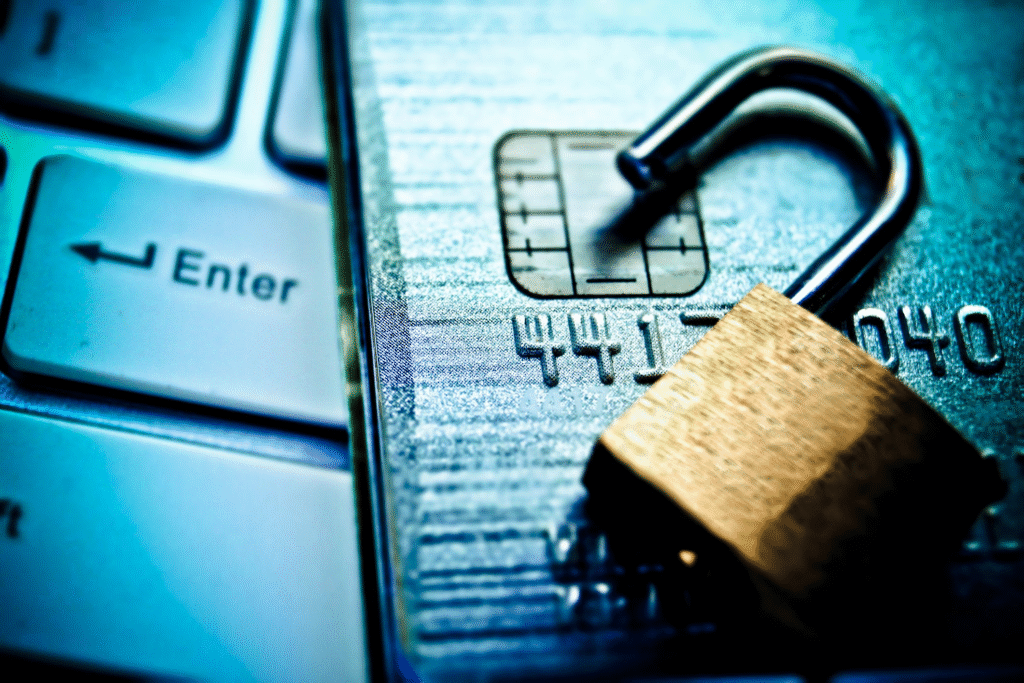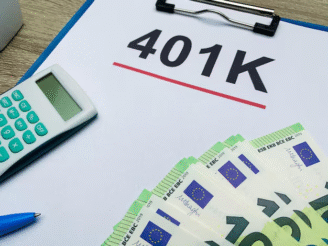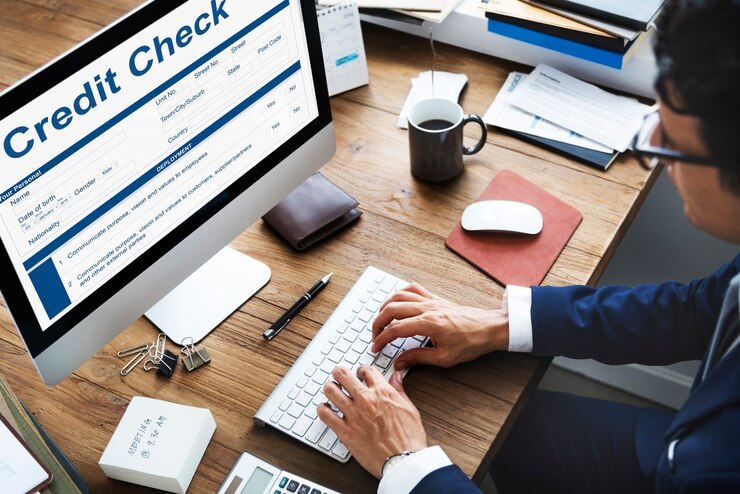Credit Card Scams: What Are They and How to Prevent Them in the U.S.?
Learn about credit card scams in the US and discover practical tips to avoid fraud and protect your finances.
How to prevent credit card scams in the US?

Using a credit card has become one of the most convenient ways to pay for products and services. From online shopping to daily expenses, the card is often the preferred method of payment for millions of Americans.
However, with the rise of digital transactions, scams involving credit cards have also become more sophisticated. Understanding how these schemes work and how to protect yourself is crucial to maintaining financial security.
What Are Credit Card Scams?
A credit card scam happens when criminals attempt to steal your card details or trick you into authorizing a fraudulent transaction.
These scams may target physical cards, online accounts, or personal data linked to your credit. Fraudsters employ several strategies, often relying on technology and social engineering to deceive victims.
In the U.S., the Federal Trade Commission (FTC) regularly receives thousands of reports about credit card fraud every year.
These scams can range from unauthorized charges on your account to large-scale identity theft cases. Being informed is the first step to avoiding financial loss.
Common Types of Credit Card Scams
Phishing Emails and Texts
Criminals send messages that appear to come from your bank or a trusted retailer. They ask you to click on a link or share sensitive details such as your card number, PIN, or Social Security number.
Skimming Devices
Fraudsters place small devices on ATMs or gas pumps to copy information from the magnetic strip of your card. Once collected, they use this data to make counterfeit cards.
Fake Online Stores
Scammers create professional-looking websites that mimic legitimate retailers. These sites may sell low-quality products, or nothing at all, while capturing your payment information.
Phone Scams (Vishing)
Callers pretend to represent a financial institution or government agency. They pressure you into sharing card details to “verify your account” or avoid fake penalties.
Account Takeover
Hackers gain access to your online banking or credit card portal by stealing login credentials. Once inside, they can change passwords and make unauthorized purchases.
Mail Theft and Card Replacement Fraud
Physical cards or replacement cards are intercepted from your mailbox before you receive them, giving criminals direct access to your account.
Warning Signs of a Credit Card Scam
Recognizing the red flags can help you act quickly. Unfamiliar charges on your monthly statement.
Furthermore, emails or texts with urgent language asking for personal information. Unexpected calls claiming to be from your bank, especially if the caller pressures you to act fast.
Websites that look slightly unusual (misspellings, poor design, or suspicious web addresses). Requests for payment in unusual ways, such as gift cards or wire transfers.
If you notice any of these warning signs, take immediate action by contacting your bank and reporting the incident.
How to Prevent Credit Card Scams in the U.S.
1. Protect Your Personal Information
Never share card details, PINs, or Social Security numbers through email, text, or over the phone unless you are absolutely certain of the recipient’s identity.
2. Use Secure Websites
Before entering card details, check that the site address begins with https:// and displays a padlock symbol. Stick to well-known retailers and avoid deals that seem too good to be true.
3. Monitor Your Accounts Regularly
Review your bank statements and credit card bills each month. Many banks also offer mobile alerts for transactions, which allow you to spot unusual activity immediately.
4. Enable Two-Factor Authentication
Add an extra layer of security to online banking and shopping accounts. Even if someone obtains your password, they will need a code from your phone or email to log in.
5. Be Cautious at ATMs and Gas Stations
Inspect card readers for unusual attachments before inserting your card. If something looks suspicious, use another machine.
6. Shred Sensitive Documents
Dispose of old bank statements, credit card offers, and bills securely. Criminals sometimes search through trash to find personal information.
Final Thoughts
Credit card scams are constantly evolving, but so are the tools and strategies to fight them.
By staying informed, practicing caution, and monitoring your accounts, you can reduce the risk of becoming a victim. Protecting your credit card means protecting your financial freedom, and that’s worth every precaution.





